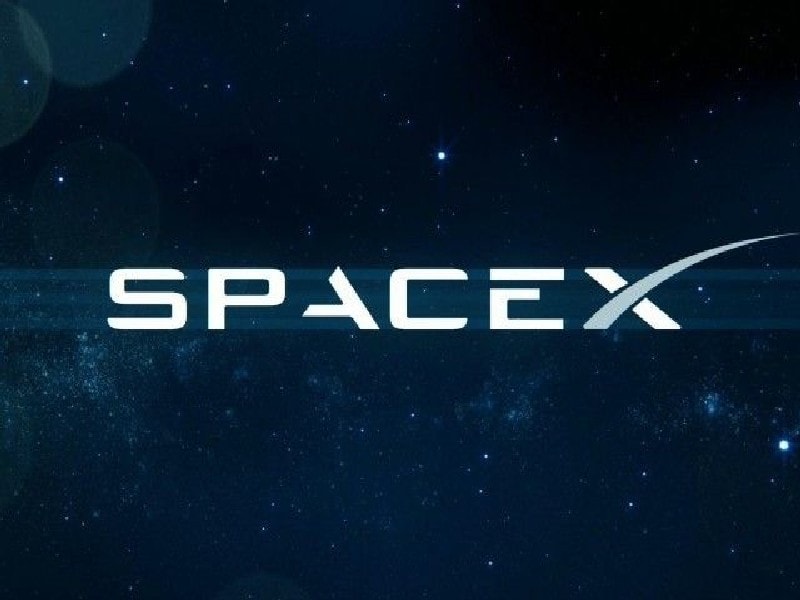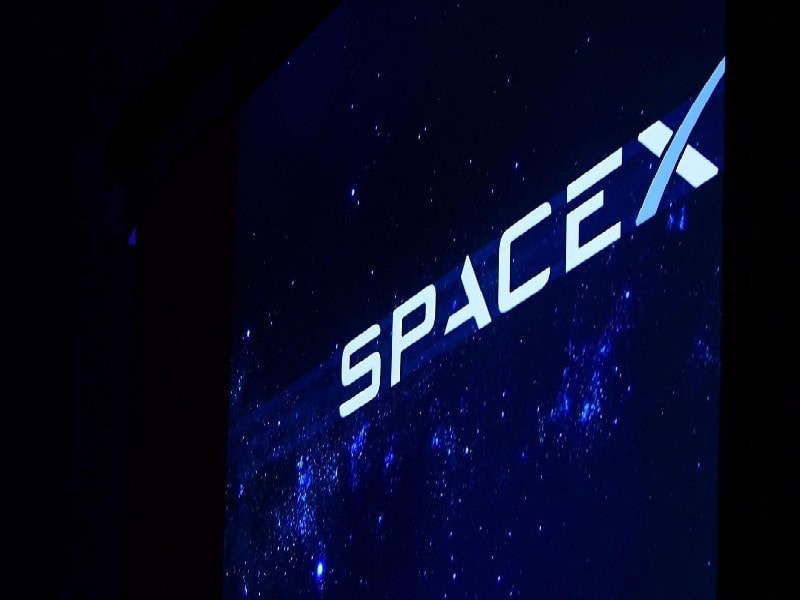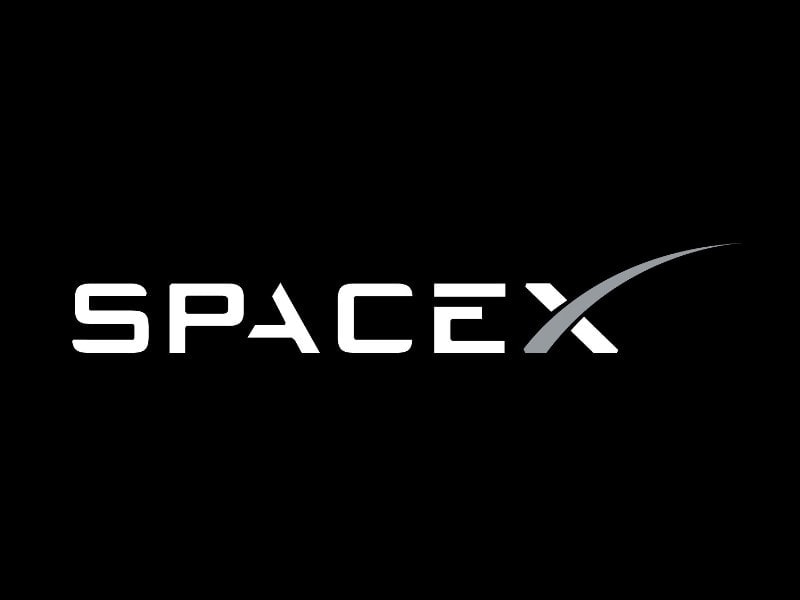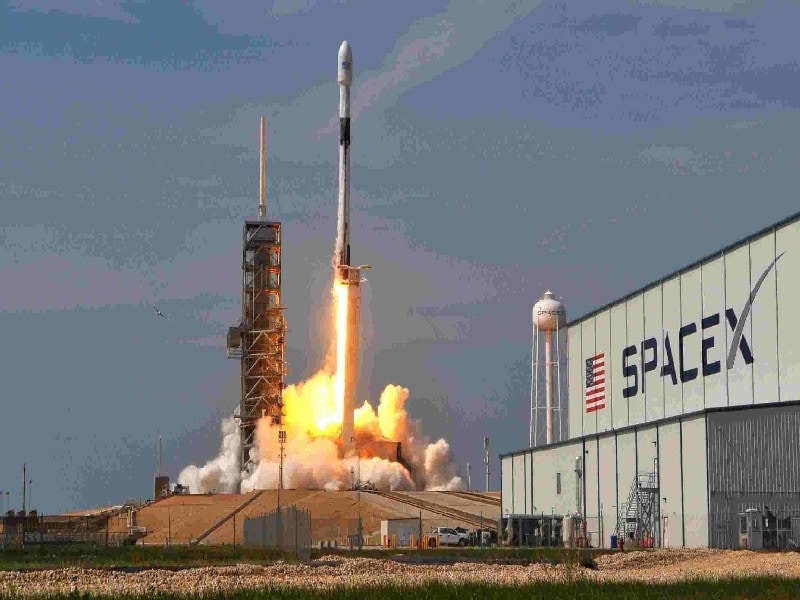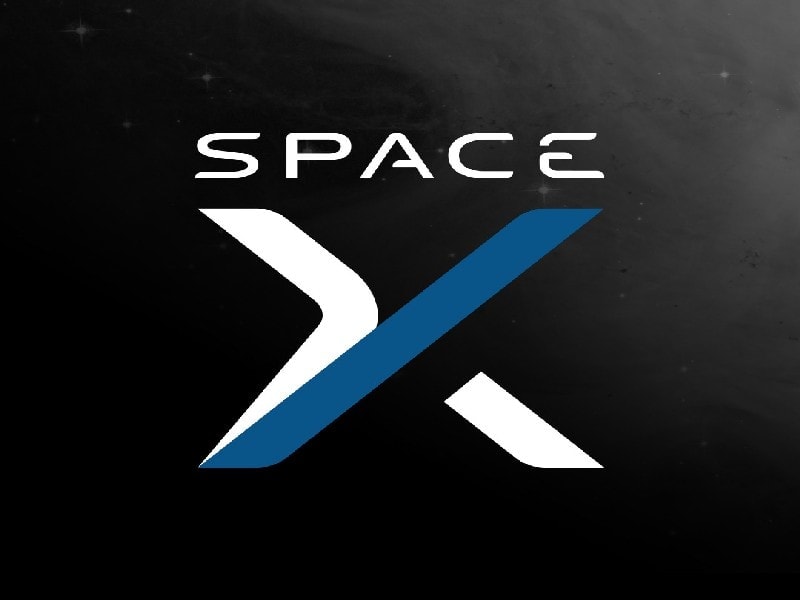Space Exploration Technologies Corp. also is known as Space X, one of the most significant and celebrated companies of the US in the recent times involved in aerospace manufacturing and space transportation services. Founded in the year 2002 by Elon Musk, a business model of SpaceX revolves around reducing the expenditure for space transportation which would facilitate the process of mars colonization.
SpaceX is widely recognized all over the world for various reasons, the predominant one being that it is the only company to have successfully launched satellites as well as landed the rockets back on the earth’s surface. This feat hasn’t been achieved by another company in the world yet.
Elon Musk, the founder of the company, had recently made a promise to land astronauts on the surface of the moon.
This statement again is a significant factor contributing to the popularity of SpaceX because even NASA has not decided to make such an attempt yet. Having considered the reputation of SpaceX, it should also be known why SpaceX is famous as an investment idea.
In this post, we will be diving deep into the business model of SpaceX and understand how the company functions and channelizes its different channels to make revenues. SpaceX has dominated the aerospace manufacturing industry in the world, and hence, it is understandable to ask the question- how does SpaceX make money?
This article aims to answer the problem mentioned above by considering all the aspects of the Business model of Space X. So, without any further ado, let us get started straight away –
Table of Contents
Introduction to the Business model of SpaceX
As mentioned above, the main motive or the unique feature of SpaceX which makes it so accessible is the need to surpass all the challenges that humankind has to go through for space transportation, by reducing the expenditure and commercializing the entire process.
Before getting into the roots of the Business model of SpaceX, here are some significant events which took place in the lifecycle of the SpaceX, so let us have a look upon the history of SpaceX to understand its business model in more comprehensive fashion-
- In 2001, the idea of “Mars Venture” was formed by Elon Musk in which a nursery smaller than usual would be sent to Mars to analyze plat development on mars. The primary aim of this venture was to recuperate the enthusiasm towards space exploration.
- IN 2002, Elon Musk planned an excursion to Moscow to purchase Inter-continental Ballistic Rockets (ICBM) for transporting the nursery to the Kosmotras, the maker of ICBMs offered one rocket for $8 million which was considered quite expensive by Elon.
- Elon Musk thought of establishing his rocket organization by understanding the economics of the entire process which led to the opening of Space Exploration Technologies Corporation, also known as SpaceX.
- With the help of rocket designer Tom Mueller, the created Falcon 1. This entire process was funded by a problem of stores and $100 million of his own money. IN the year 2008, this secretly funded, fluid-filled rocket became the first rocket to fulfill the undertaken mission.
- Having commercialized the accessibility of this rocket, SpaceX sent its first payload, a Malaysian satellite RazakSAT to space in 2009
- Falcon 9 became the primary shuttle for space travel leading to the development of two more rockets, namely, Falcon Heavy and Dragon in the subsequent years.
- SpaceX is under a $1.6 Billion payload with NASA and an estimating 70 dispatches under its contracts with NASA and various other private firms which is one of the major contributing factors towards the Business model of SpaceX.
Hardware Projects associated with the Business Model of SpaceX
1) Launch Vehicles
- Falcon1 – it is a small Rocket that is used for placing hundreds of kilograms in the low earth orbit
- Falcon9- It is an EELV-class medium-lift vehicle that could place up to 22,800 kilograms (50,265 lb) to orbit
- Falcon Heavy- This one is a heavy-lift rocket whose configuration is done by the conglomeration of three Falcon 9 first stage cores alongside a propellant crossfeed and 27 Merlin 1D engines
2) Rocket Engines
- Merlin- It is the rocket engine developed for Falcon Rocket Family
- Kestrel- it is a LOX/RP-1 pressure-fed rocket engine and it was the second stage main engine of Falcon 1 Rocket
- Draco- It is the hypergolic liquid-propellant rocket engine for which monomethyl hydrazine fuel and nitrogen tetroxide oxidizer are used
- SuperDraco- These engines are the much more powerful version of Draco engines
- Raptor- It is actually a methane-fueled full-flow staged combustion cycle engines that are designed for the future Starship launch system of SpaceX
3) Spacecraft
- SpaceX Dragon- It is the conventional blunt-cone ballistic capsule that can carry cargo or around 7 astronauts into orbit or even beyond as well
- Dragon 2 or Crew Dragon- It is the successor Dragon aircraft and it comprises wider windows along with new flight computers, redesigned solar arrays, avionics, and a modified outer mold line
Various aspects of the Business model of SpaceX
The Business model of SpaceX is divided into various factors that contribute to its efficiency and effectiveness. Following are some of the elements-
- SpaceX consists of an active business improvement group which is generally the source for all the clients. Besides, it also extensively uses its website and social networking sites.
- SpaceX considers client relationships to be of paramount importance and is committed to maintaining close relationships with each of its clients.
- The Business model of SpaceX is predominantly formed by offering rockets and satellites as well as the stock that it builds up. The Falcon 9 costs about $62 million whereas Falcon heavy costs about $90 million.
- The accomplices or investors in SpaceX make up a big part of the Business model of SpaceX. The company contains approximately 3000 notable accomplices, 1100 of which are making week after week conveyances.
Valuation of the Business model of SpaceX- How SpaceX Makes Money
SpaceX is a US-based private company, and hence, their financials aren’t open to the public eye.
The major part of the Business model of SpaceX is dominated by dispatching missions to space, meaning that the bulk of the money earned by SpaceX comes launching satellites into space.
The valuation of space can be done with the help of two ratios-
1) Price-to-sales ratio
In contrast to companies like Lockheed Martin and Boeing, SpaceX is a private company, and hence, the particulars of the Business model of SpaceX are not open for the public eye.
As mentioned above, the bulk of the money earned by this company is primarily through launching satellites into space. Following are some of the noteworthy pointers-
- The organization charges a fixed or a standard rate of $62 million for every launch of a satellite into space. For more complex governmental space missions like launching GPS for the Air Force, it charges approximately $20 million more.
- This year, the SpaceX launches have formed a ratio of 60:40 for commercial missions against governmental missions. If we were to consider $72 million for every start across SpaceX’s entire business and about 18 missions this year, the total annual revenue incurred by SpaceX would be approximately $1.3 billion.
- These financials add up to a price-to-sales ratio of 9.2 or even lower in case of other revenues sources present.
2) Price-to-earnings ratio
This is the second ratio to be taken into consideration in the Business model of SpaceX to determine the value of this aerospace transportation organization.
Recently, Elon Musk disclosed the information about the financial dynamics of every launch i.e., $62 million per launch of a satellite into space. Here are a few contributing factors helpful in the analysis-
- The cost of the first stage of the Falcon 9 rocket ranges between $30 million to $35 million, which constitutes about 70% of the total cost involved in the construction of the missile.
- The rocket portion of the entire Business model of SpaceX including the fuel costs estimates to about 0.3% according to Elon Musk. This 0.3% of $62 million leads to $12 million i.e., $62 million that SpaceX charges minus the estimated $50 million required for the construction of the rocket.
- This $12 million is conjectured to pay the company’s overhead as well as bringing in a profit. Mathematically, this amount leads up to a gross profit margin of 19%, surpassing the margins of all the companies involved in space exploration.
- Applying the 19% profit margin of the estimated annual revenue of $1.3 billion, the annual operating profit becomes approximately $195 million and the “operating profit P/E ratio” becomes 61.5 in stocks which makes the Business model of SpaceX dominating in the industry.
Reasons for SpaceX being a substantial investment
SpaceX is taking the aerospace manufacturing industry by storm not only because of its underlying motives and aims but also because of its financial superiority over its contemporaries.
The company has established a reliable brand by commercializing space travel by making rockets relatively affordable. In spite of being a privately-owned company, it has successfully investigated space travel.
Various reasons are contributing to the effectiveness as well as impressiveness of the Business model of SpaceX. Following are some of the points worth mentioning-
- SpaceX is based on three basic offers, namely accessibility, performance, and brand or status, which contribute significantly to the success of the company.
- SpaceX is the only privately-owned organization to have successfully dispatched, circled and recuperated a shuttle.
- It is the primary private firm to have sent a rocket to the International SpaceStation as well as sent a satellite to the geosynchronous circle.
- The recognition and popularity of SpaceX are also associated widely associated with its founder Elon Musk, a well-established businessman who is also behind the creation of brands PayPal and Tesla.
Wrapping it up!
SpaceX is also known as Space Exploration Technologies Corp. has revolutionized the field of aerospace manufacturing and space transportation services.
Their primary aim of commercializing space travel and reducing the expenditure required to enable colonization of the moon is the main reason contributing to the company’s popularity.
Not only is it globally recognized but also the Business model of SpaceX is a beneficial place to invest in.
The cost for the construction of the rocket is estimated to be about $50 million, and the fuel costs about 0.3% of the total expenditure.
Subtracting this investment from the $62 million that SpaceX charges per launch and multiplying it with about 18 launches per year makes the annual revenue of SpaceX to be approximately $1.3 billion.
This significantly contributes to the superiority of SpaceX.
Apart from all these aspects mentioned above, the popularity of the brand is also due to its creator, Elon Musk, a business visionary who also created notable brands like PayPal and Tesla.
How innovative and inspiring do you find the business model of SpaceX? Share your views with us in the comments.
Liked this post? Check out the complete series on Business Models
